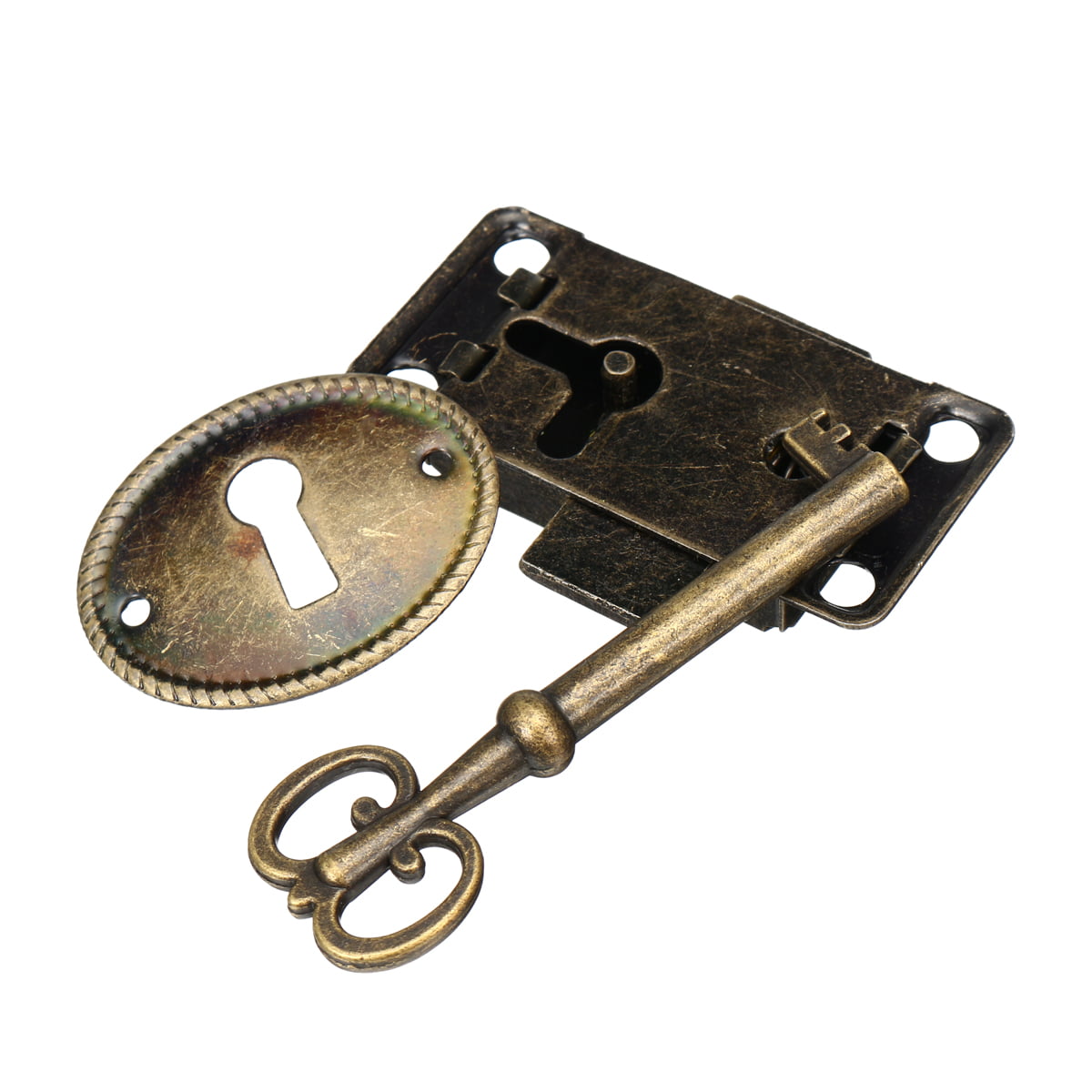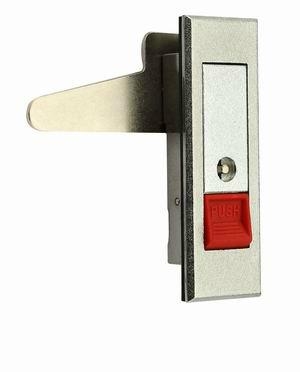
The actuator cams on pedestal locks vary but most have a straight peg which comes in different lengths. These type of locks are most common on desk and mobile pedestal units and come in a variety of fixing types normally single flange or double flange and also horseshoe clip or snap-in fix. These are most commonly used to secure a chain or device and can be used in conjunction with a latch lock or hasp and staple They are available from our website in a range of sizes including long shackle and combination along with keyed alike and master key-able versions. However, the locking mechanism is the same as for the multi-point locks. Some are available with removable barrels, which we can also supply. These types of locks are used on a wide range of office furniture and engage by rotating the handle after inserting the key to unlock. They require a hole going through the door for the cylinder to fit into, and they are easy to replace with a fixing screw located on the edge of the door. These are most commonly used on doors and are the most widely used door lock.
#Cabinet lock windows
Domestic doors and windows will have up to five fixing points for added security.

The lock body may also have a dead bolt that secures the door at the centre point. Normally fitted to cupboards and doors, these can be attached in multiple points with the aid of locking bars that lock top and bottom of the door when the key is turned in the lock. Night Latch locks are a spring loaded lock that requires a hole for the cylinder and is mounted onto the inside of the door it is operated by a latch on the inside and can be opened by a key from the outside of the door. This type of lock requires a pocket/hole for the lock body to fit into and would be most commonly found on older buildings and properties in the UK. The most common type of door locks are the sash deadlock (mortice lock). †Please note, we cannot be held responsible for the content of external websites and by using the links stated to access these separate websites you will be subject to the terms of use applying to those sites Door lock Research commissioned by .uk carried out with 1163 UK adults in During 2014/2015 by Ekomiĩ8.83% of customers who left a replacement key review recommend .ukĪverage rating 4.9 out of 5 for replacement keys, from 1163 reviews left by .uk customers (as at October, 2015) They can be straight, cranked or hooked depending on the furniture it is being fitted to. The cam is fitted to the end of the lock body and comes in various shapes and sizes. When the key is turned in the lock this rotates a cam, which in turn locks/unlocks the locker or cabinet.

A third method of fixing cam locks is a snap-in fix which is for easy fitting into sheet metal panels of less than 2mm thickness. Some lock bodies are milled to be fixed by a horseshoe clip. Most cam locks have a threaded body, which can be fitted to the furniture by a nut. The lock consists of a barrel, the length of which can range from 8mm to 32mm but typically about 20mm. Repeat this process for every pin in the lock until the tension wrench turns and opens the lock.More about each type of lock that we supply: Cam locksĬam locks are the most common lock used on office furniture such as lockers and filing cabinets. Giggle your pick up and down until you get underneath the second pin, then lift it up. Then, work your pick forward a little until you reach the second pin. To pick the lock, slide the pick underneath the first pin, which will be the first obstacle in the top of the lock, and push it all the way up. Then, insert your pick into the top of the lock while holding your tension wrench in place. Push it in far enough that it catches in the grooves of your lock, so you can turn it once the lock is released. First, insert the tip of your tension wrench into the bottom of your lock. For the tension wrench, you can use a flathead screwdriver or bend a paper clip into a single length and fold it in half to make it thicker.
#Cabinet lock professional
If you don't have professional lock-picking tools, you can pull the end of a paper clip out to form a 90 degree angle with the rest of the clip, or use the bumpy end of a bobby pin for your pick.


To pick a lock, you'll need a tension wrench, which will turn the lock, and a pick, which will pop the pins inside of the lock so that it can be turned.


 0 kommentar(er)
0 kommentar(er)
